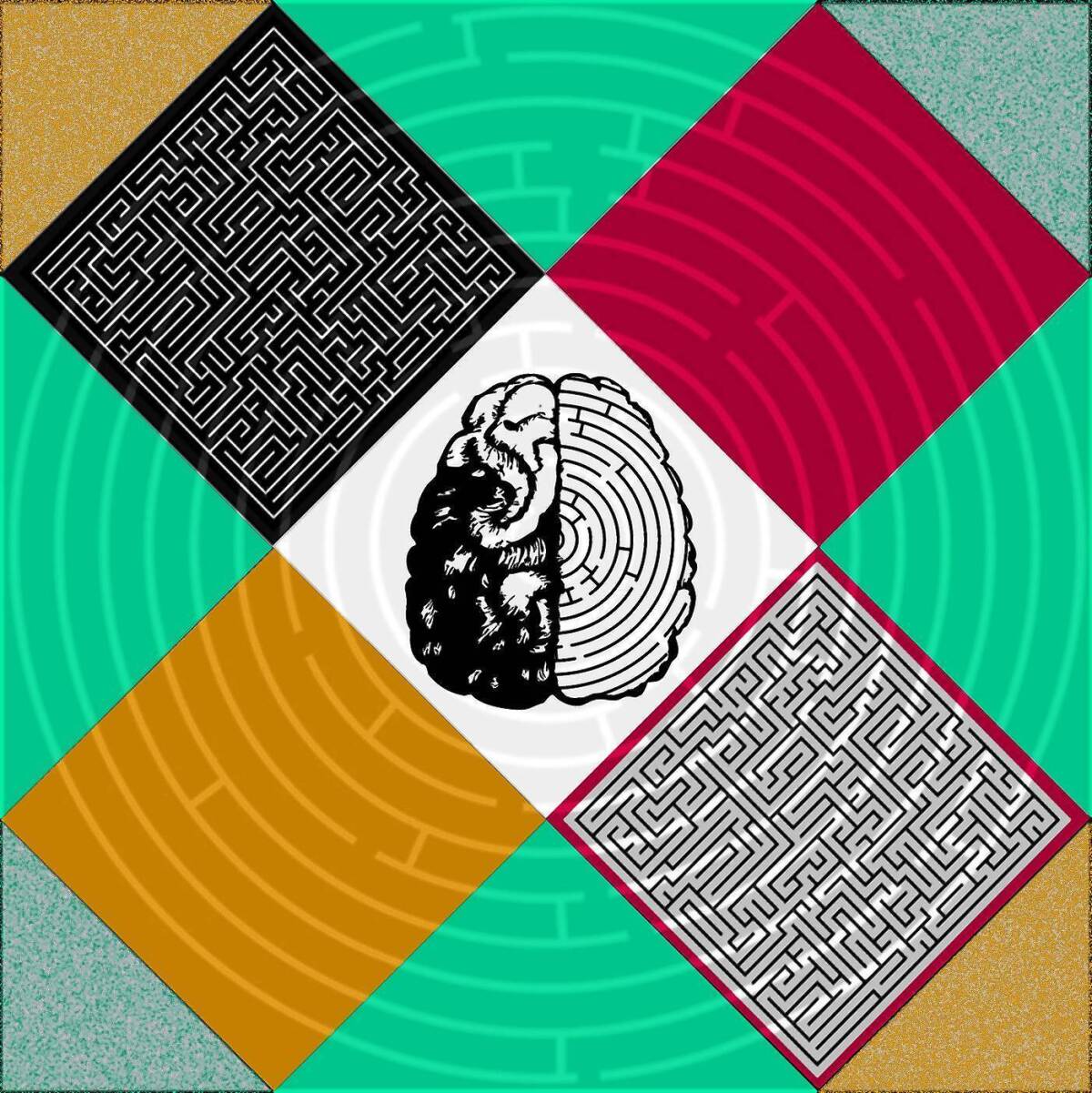Brain fitness can include playing training games on computers

- Share via
In decades past, if someone mentioned the word “fitness,” he or she was probably talking about calisthenic routines performed in a spandex body suit. Today, the term “fitness” is as likely to encompass the body as it is the mind.
More than simply memory, “brain fitness” refers to a diverse suite of cognitive functions, including attention, working memory, perception, decision-making and emotional regulation, says Dr. Adam Gazzaley, a neuroscientist at UC San Francisco.
“The field of brain fitness is built on the underlying concept of brain plasticity — the idea that the brain can modify or shape itself,” he says. Scientists used to believe that the brain developed only during childhood and that the brain’s structure was “set” once a person reached adulthood, after which it began an inevitable mental decline. But new insights reveal that the human brain can regenerate cells, forming new neural pathways throughout life.
This should come as good news to an aging generation of baby boomers, as well as to the growing number of people diagnosed with brain disorders and learning disabilities — or anyone interested in making the most of his or her brain potential. And the latest innovations in digital brain training software may help, says Alvaro Fernandez, chief executive of SharpBrains, an independent market research firm that tracks brain health applications in neuroscience.
“Computerized brain-training games are designed to strengthen a wide variety of brain functions,” he explains. “The benefit is that they are truly adaptive, offering activities that are at your level — just difficult enough to challenge your brain but not so difficult that they become stressful.” He adds that brain-training software is relatively inexpensive and easily individualized.
Plus, computer games are fun — an attribute Fernandez says is important to engage the brain.
The rise of brain games
Though the brain-training software industry is new, the field is growing. Lumosity, one of the largest such Web-based companies, had 35 million registered users at the beginning of 2013. With tag lines like “You have the power to change your brain,” the program promises to improve memory, attention, processing speed and mental flexibility. (www.lumosity.com)
A plethora of other digital brain health companies claims similar results, all offering computerized games designed to progressively strengthen your brain just as you’d strengthen those hamstrings. Posit Science (www.positscience.com), the company that produces BrainHQ fitness exercises, compares its program to “your personal home gym,” and CogniFit (www.cognifit.com) touts its program as “a revolutionary way to train your brain.”
These companies all work in a similar manner: After logging in, you can sample some brain games free. Then, after paying a monthly or yearly fee, you can continue to play and track your improvement. Lumosity recommends that trainees use its program three to five times a week. As a player’s mastery improves, the games get tougher, much like a standard video game. But the difference is that a brain-training game is designed to improve a specific set of brain functions.
Fernandez says that the key components of any brain-training program are novelty, variety and challenge — factors that engage more areas of the brain and stimulate new brain connections. “If you’ve already [solved] 1 million crossword puzzles and you do one more, it’s routine. There will be no benefit. But if you play a new video game, it can be very beneficial to you.”
Does digital training work?
Even if a person improves at playing computer games, the real measure of improved cognitive function is whether the new skills transfer to other activities in daily life — and if the results last. So far, there have been few studies on the effects of digital brain training, and most of these were small and tracked only short-term results.
Still, Gazzaley sees promise, particularly in older people with limited mobility. He’s currently developing a simulated driving game that’s designed to improve players’ attention skills. To test the game, researchers measure players’ ability to resist distraction before and after they play the game.
“If our brains are capable of being reshaped, modified and improved based on our interactions with the environment, targeted interactions may be able to counteract decline,” says Gazzaley, though he stresses that the crucial word is “targeted.” There have been few studies looking at which specific game components target particular brain functions.
“Right now we’re still in the phase of trying to figure out what the right ingredients are,” he says. “We need a lot more controlled studies.”
The best brain advice
To maintain a healthy brain for life, there probably is no single regimen. Fernando suggests that people care for their brains the same way they care for their bodies: through aerobic exercise, good nutrition and stress regulation. Mental exercise does seem to be important for healthy brain function — though it doesn’t have to come from a computer.
“Even meditation is brain training,” Fernando says, adding that the factors key to computerized brain training — novelty, variety and challenge — are also important to incorporate into people’s lives in other ways, through work, games or hobbies.
“One of my main pieces of advice to older adults is to step out of your comfort zone in general,” says Gazzaley. “The brain responds to challenge, not to comfort. Travel to a new country, try to figure out a new currency and how not to get ripped off in the taxi. Learn a new language or new musical instrument.”
As far as digital brain training, Gazzaley says there are no harmful side effects — but he recommends that people think before they engage. “There is the replacement factor,” he explains. “We have limited time, so this would replace other activities that may be more beneficial. In moderation, sure — if you find it fun, go ahead.”
ALSO:
How brains are wired to handle stress
Fighting diseases with genetic therapy
Neuroscience mapping brain connections






